

Uh oh...
It appears that you're using a severely outdated version of Safari on Windows. Many features won't work correctly, and functionality can't be guaranteed. Please try viewing this website in Edge, Mozilla, Chrome, or another modern browser. Sorry for any inconvenience this may have caused!
Read More about this safari issue.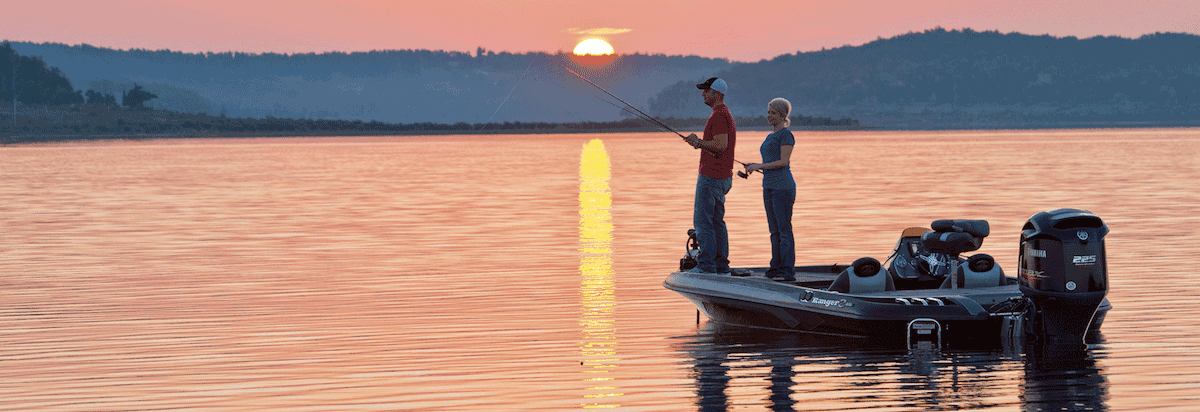

Since 1968, Ranger Boats in Flippin, Arkansas has been crafting innovative bass fishing boats, receiving patents and copyrights, including the first ever U.S. copyright of “Protected Design” for a hull, appearing in fishing tournaments and enjoying recognition as the best selling bass boat in the world. The Ranger Boats plant operates in Flippin, providing gainful employment to the area and unsurpassable handmade quality to customers. Now nearing its 50th production year, Ranger Boats owes its conception and ongoing success to the vision of Forrest L. and Nina Wood, both of Flippin.
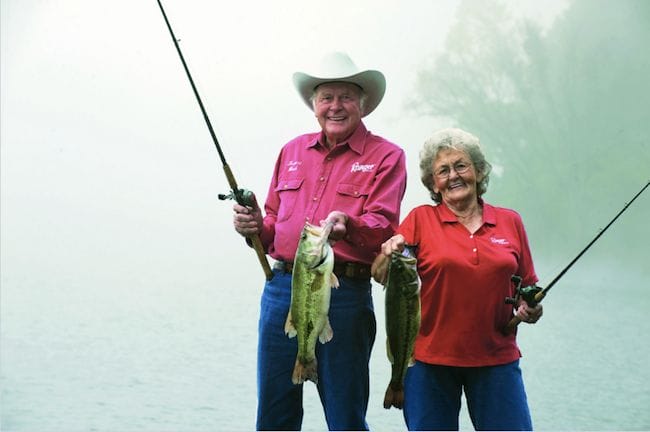
In the 1960s, Forrest and Nina Wood operated a successful fishing guide service in the Twin Lakes area on Crooked Creek, the Buffalo River, the White River and Bull Shoals Lake. Repairing boats and working as a fishing guide gave Wood the insight and experience needed to craft boats perfectly suited for the environment and bass fishing style. Ranger Boats began operation in 1968, named in honor of the legacy of the Texas Rangers and the U.S. Army Rangers. Wood’s talent for fishing, which had helped make his guiding service successful, also enabled him to design boats with the features sport anglers needed and wanted the most, earning Ranger Boats attention and a reputation for quality and innovation.
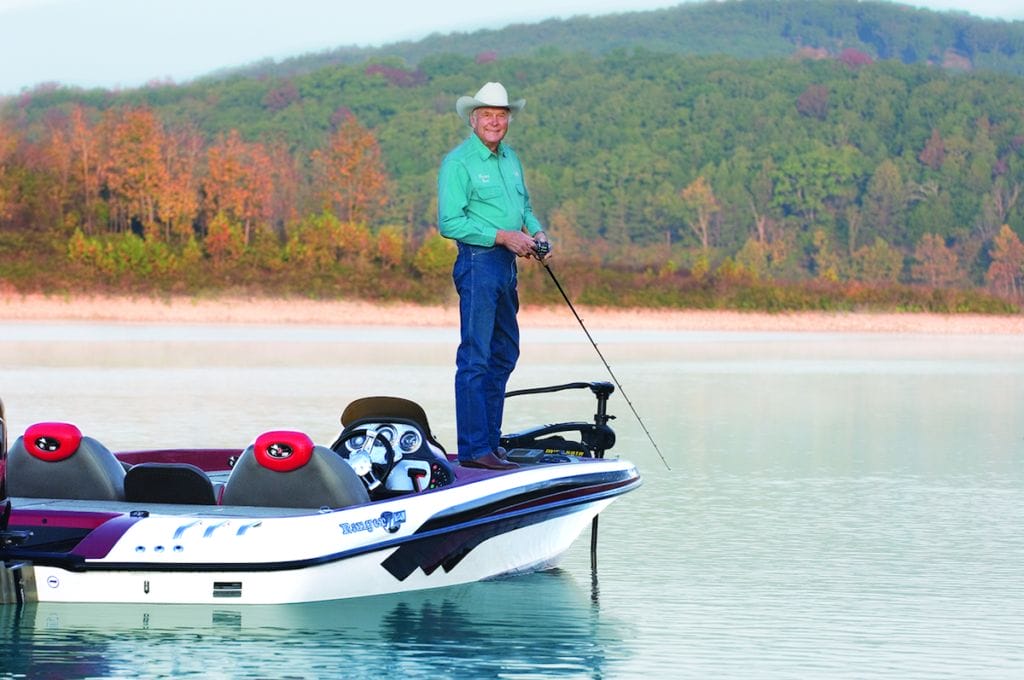
Ranger Boats developed at a time when professional fishing was gaining momentum; in fact, Ranger Boats fostered the fledgling sport by providing lightweight vessels that moved quickly in the water for the 1972 Bass Master Classics. Wood himself was closely involved in fishing tournaments, proving his skill as a fisherman by qualifying for two Bass Master Classics and winning the B.A.S.S tournament in 1979. Fishing League Worldwide chose to honor Forrest L. Wood by taking its initials from and naming its championship tour for him. Ranger Boats and Forrest Wood both remain active on fishing tour circuits.
Ranger Boats has been sold several times over the years, most recently to Bass Pro Group in 2014, yet the legacy of a family run company persists at Ranger Boats. The plant remains at its Flippin, Arkansas base where over 1000 workers are employed, and around 30 boats—including Triton and Stratos boats—are made each day. In terms of time, a single boat takes 400-500 man-hours to build, and the plant only uses one robot: an arm that makes precision cuts using high water pressure. The plant is open to tour three times a day, five days a week, an amount that seemed excessive or unbelievable to me (although the website states that it is not necessary to call ahead, I was concerned I might show up and find that no one expected to conduct a tour that day).

The plant is located across from some typical country scenery: a hay field. Parking was limited the day I visited, but the reason was apparent upon entering the lobby, where 14 men and women scribbling on the pages of Ranger employment applications sat at three folding tables. I signed the guestbook, noticing with astonishment both that the visitors touring the Ranger facility came more from other states than from Arkansas, and that there were a lot of visitors—no wonder 15 tours are given each week! I toured with five other visitors, including a couple from Illinois who owned a Ranger boat and some men from Oklahoma enjoying a motorcycle ride through Arkansas. Our tour guide, Ed, provided us with safety goggles and headsets to ensure we would be able to hear our tour guide as we moved through noisy areas. The fiberglass fumes were strong as we approached the first enormous plant building. A security guard told me later the fumes caused some people to give up on the tour immediately or abandon midway, making me wonder why masks were not offered along with safety goggles.
It was very warm in the plant, which Ed explained was necessary for applying paints, gel coats and fiberglass. Employees wore casual clothing with no apparent dress code, perhaps an allowance for the nature of the work or the warm environment. We began by visiting the water pressure cutting robotic arm and seeing scores of employees painstakingly laboring with tiny tools to smooth fiberglass layers on boat hulls. Ed told us about the materials used and the stage of the process we were witnessing, reflecting that the only other time we would see that side of the boat, the underside, would be when “someone’s having a very bad day.”
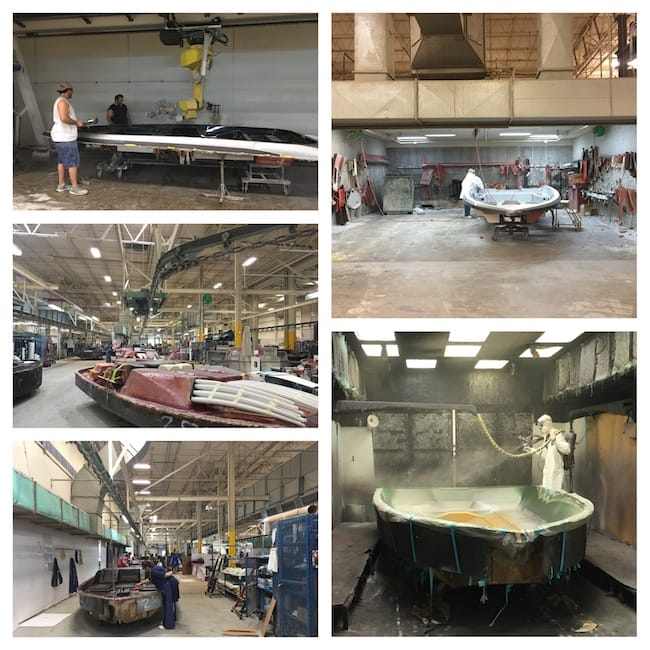
The tour progressed through a dizzying amount of factory space, following the stages of applying wax, paint and fiberglass to a mold, taping down custom trim designs, applying a deck, installing gas tanks and motors, testing the boat and affixing onboard components such as GPS or fish sensors. The final step to preparing a boat for its owner is crafting a unique boat trailer designed to match and fit the hull and custom design of each boat. The tour lasts an hour and a half to two hours and was an enjoyable experience, educational and interesting; a detailed description of the tour and boat building process is available here, but I highly recommend visiting Ranger Boats in person.
After the tour, I decided to head north to the Bull Shoals-White River State Park since I was in the area; I ended up at the Forrest and Nina Wood White River State Park access, where three generations of Nina Wood’s ancestors had a family homestead and farmland before construction of the dam and creation of the Bull Shoals Lake. It’s interesting that the loss of family property yielded the opportunity for large-scale recreational and sport fishing on Bull Shoals Lake that helped the Woods’ bass boat business take off.
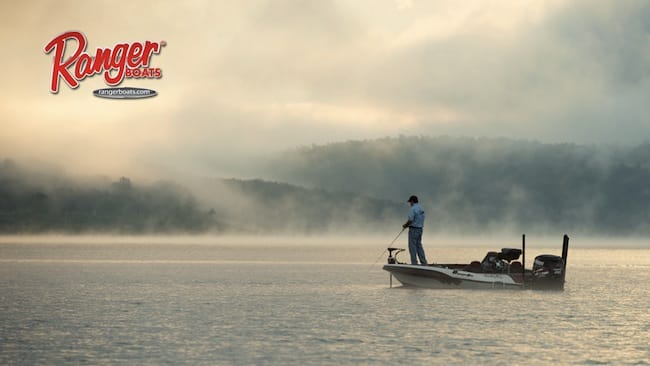
The Woods still live in Flippin and can be seen in town from time to time. Everyone knows them and recognizes Forrest for his iconic white cowboy hat. The Woods created a brand that causes people from all over the United States to visit Flippin out of appreciation for the standard for bass boats and the boat of choice for fishing tournaments. The story of Ranger Boats’ success is one of American ingenuity, careful craftsmanship and dedicated customer support spanning decades. With the 2018 line of boats approaching, Ranger will be celebrating its 50th production year and still going strong with an international reputation that makes us proud as Arkansans and Americans.
Photos courtesy of Ranger Boats.
Join the Conversation
Leave a Comment
3 responses to “A Career of Fishing: Ranger Boats in Flippin, Arkansas”
 Leave a Reply
Leave a Reply
We do the work.
You check your email.
Sign up for our weekly e-news.
Get stories sent straight to your inbox!







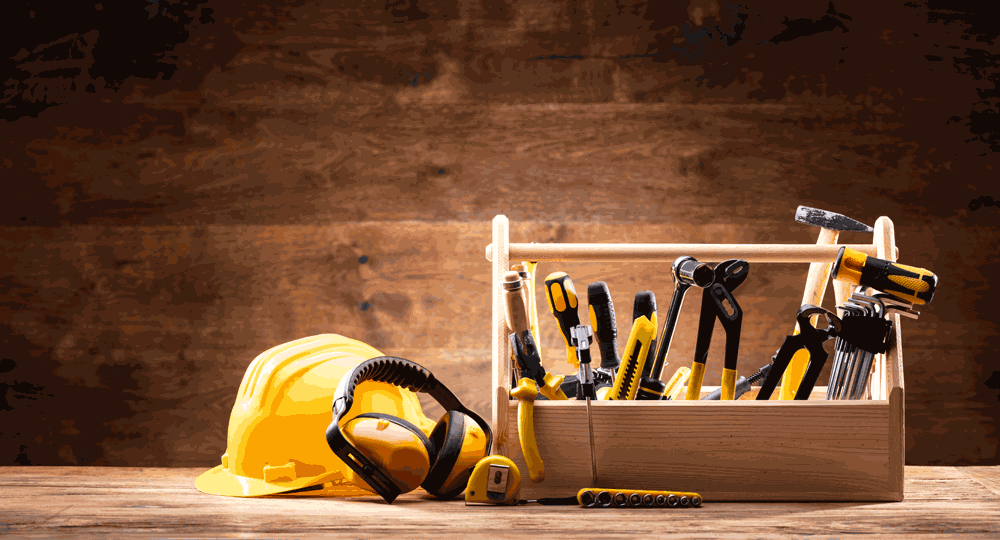

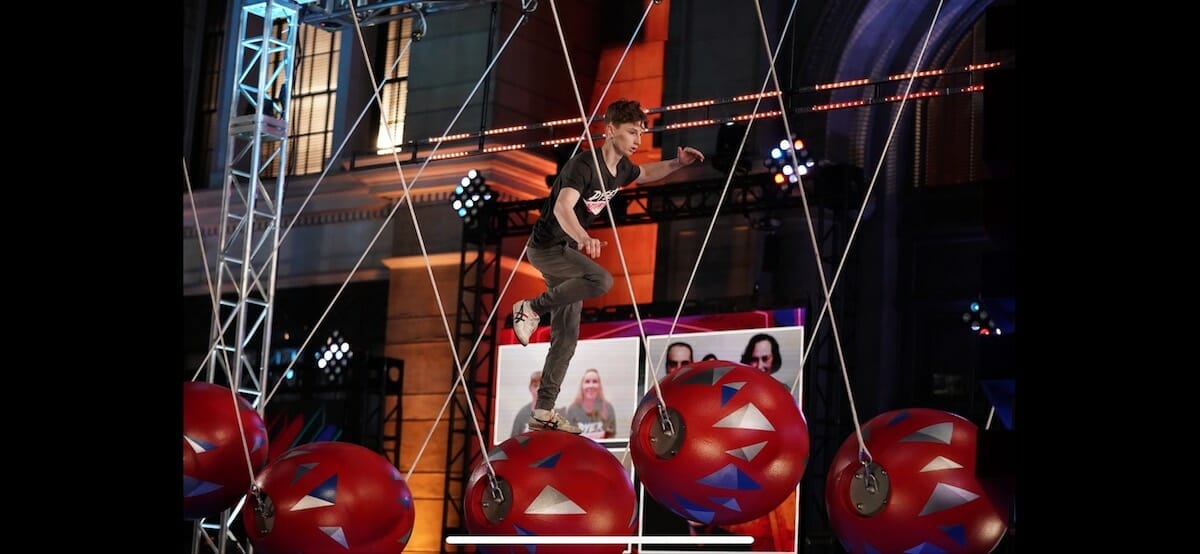
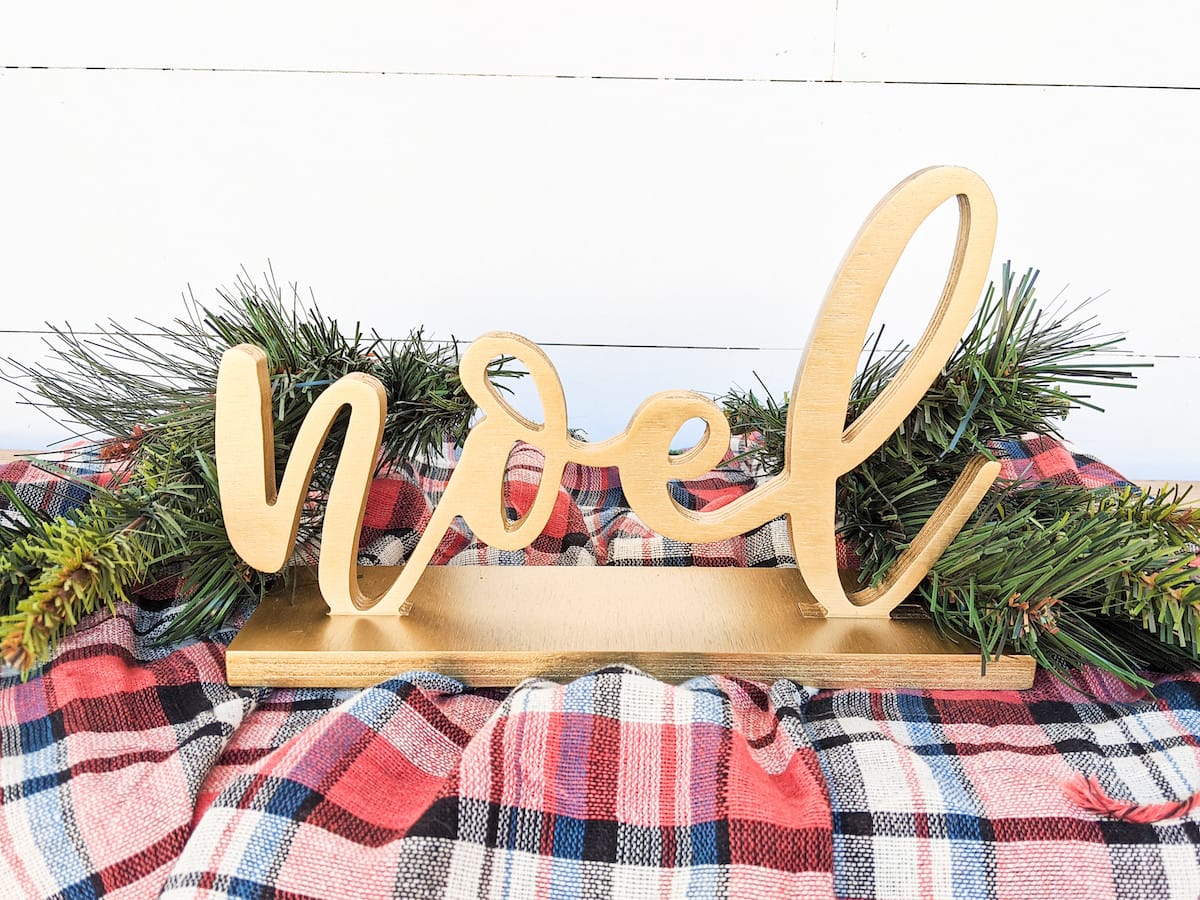
 Leave a Reply
Leave a Reply
[…] 5. Nina’s family settled Bull Shoals. […]
[…] built the first Ranger boats in 1968 in a small building in Flippin. More than 50 years later, Ranger boats manufacture bass, […]
[…] Ranger Boats in Flippin […]